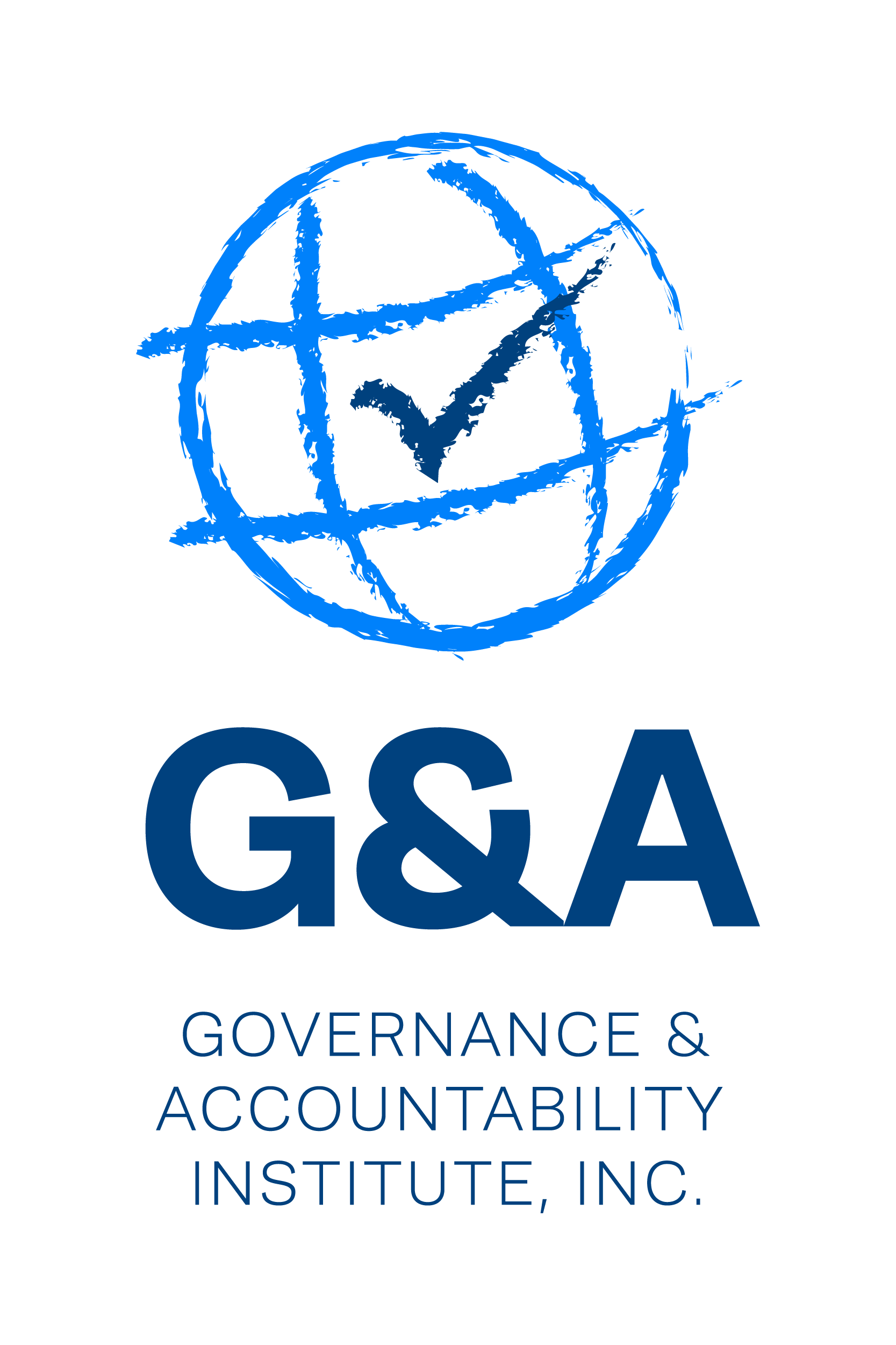Federal Policymakers & Regulators Embrace or Reject ESG / Sustainability Factors - a Complicated Story of To & Fro
G&A's Sustainability Highlights (3.19.2021)
Federal Policymakers & Regulators Embrace or Reject ESG / Sustainability Factor…
Federal policymaking and regulation with respect to investor risk and opportunity is a complicated story played out over almost a century. The modern era of laws passed/rules adopted to implement got underway in earnest in 1933 and 1934 following the October 1929 “Black Tuesday” stock market crash and subsequent failure of Wall Street firms and banks. The Securities Act of 1933 and The Exchange Act of 1934 are the solid foundations of most of the investor protection laws and rules that have followed.
For example, the comprehensive package of changes and reforms that comprised the Sarbanes-Oxley Act of 2002 (“Public Companies Accounting Reform and Investor Protection Act” in the US Senate [and] “Corporate and Auditing Accountability, Responsibility, and Transparency Act” in the House of Representatives, with 11 separate “titles” in what we call “Sarbanes-Oxley”) was in part constructed on the solid foundation of the 1934 legislation. An important driver was the collapse of Enron and WorldCom and other firms – dramatically impacting many investors who clamored for change.
The passage of the Employee Retirement Income Security Act of 1974 (“ERISA” for shorthand) following collapse of some retirement plans and reports of negative practices at others was intended to protect plans and participants and address fiduciary duties; included was provision for greater transparency for (private industry) retirement and health plans and those who manage them.
Part of ERISA provides fiduciary responsibilities for managers / those who are in control of plan assets. The agency responsible for enforcing the rules: The U.S. Department of Labor, a cabinet office of the Executive Branch. And subject, of course, to the political winds of the day.
It’s important to note that the critical elements of the above sweep of Federal government policymaking (enacting laws, assigning responsible arms of government, developing rules, procedures, interpretations & guidance for players involved) are protection. The independent Securities & Exchange Commission, as example, was established in 1934 under The Exchange Act to enforce both the ’33 and ’34 acts essentially to protect investors.
Protection – Guidance: All good and well. But these important creations of political bodies are subject to the politics of the time, the era, the whims of people elected to high office and the people they in turn appoint to manage regulatory agencies. And so, we come to today’s sustainable investing and corporate sustainability topics. We ask: are the operating rules, guidance, enforcement, agency management philosophies…keeping up with important changes? Like the emergence of investor preference for sustainable products, including in their retirement and health plans?
Many eyes are on the SEC these days with the Biden-Harris Administration putting forth an aggressive “climate crisis” agenda; with the Federal Reserve adopting climate change-related policies; and a few days with the easing-off-leading-to-reversal policy of the US DOL with regard to guidance on consideration of ESG in investment decision-making by fiduciaries of plans.
The last is in focus for our Top Stories in this issue. As a brief example of the to and fro of political positioning by regulatory agencies – from Trump-era decision to Biden-era decision (reversal). The changes moved quickly at Labor (November to March). The decisions to be made at the SEC, sought by many investors to address both ESG risk (protection) and opportunity for investors is a much more complicated story. No doubt in weeks to come there’ll be welcome news there to share with you in the newsletter.
The sturdy foundations of the ’33, ‘34’ ’74, ’02, and 2010 laws and rules can be built on to address both corporate and investor ESG needs & wants in 2021.
For now – take a look at the to and fro of current ESG policies at the US Department of Labor ERISA situation.
This is just the introduction of G&A's Sustainability Highlights newsletter this week. Click here to view the full issue.

